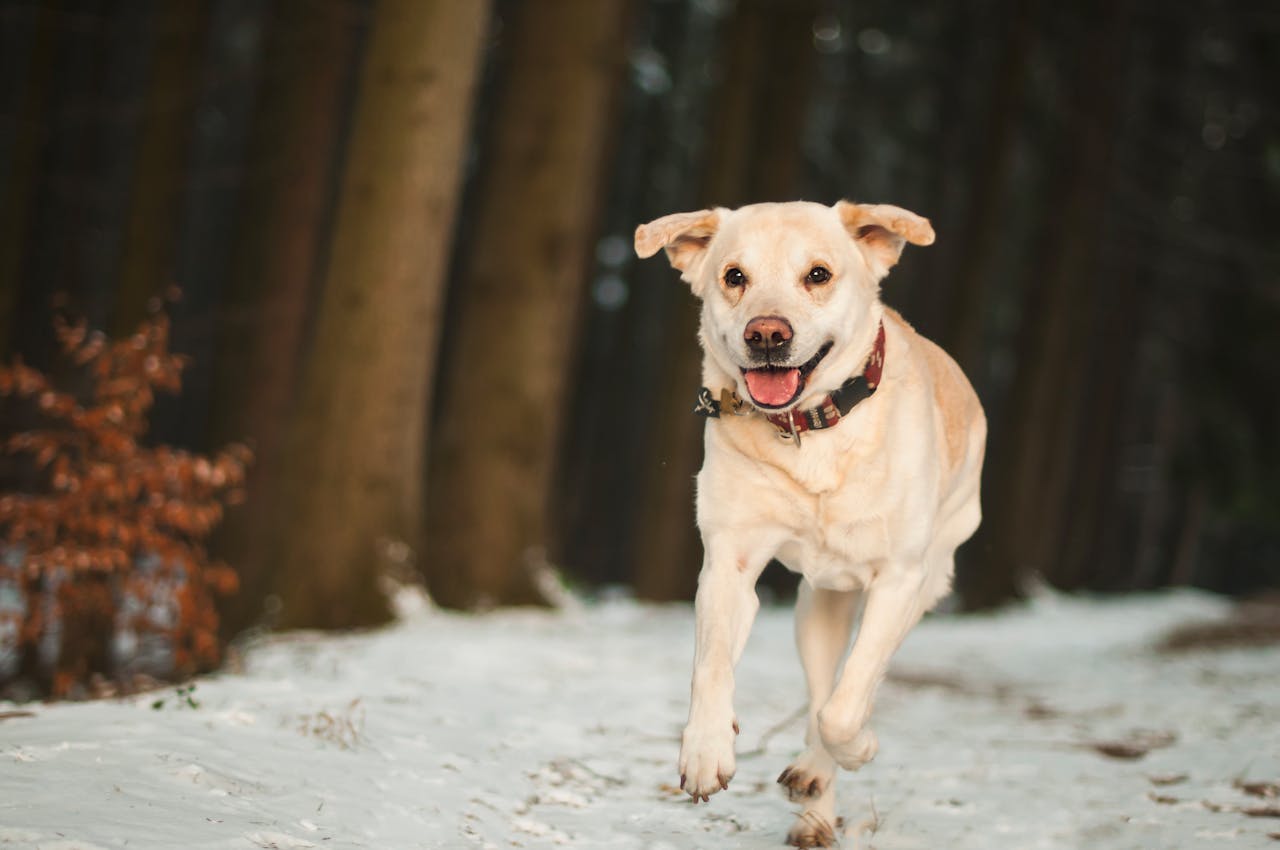
Winter is a magical time of year for humans and pets alike, but it also brings challenges, especially when it comes to keeping your dog safe and comfortable during walks. As temperatures drop and snow falls, roads and sidewalks are often treated with salt and ice-melting chemicals. While these substances are great for making streets safer for drivers, they can be harmful to your dog’s paws. Fortunately, dog boots are an effective solution to protect your pet’s paws from the dangers of salt and ice. Let’s explore how Dog Boots can help keep your furry friend safe this winter.
The Harmful Effects of Salt and Chemicals on Dog Paws
Salt and other ice-melting chemicals are commonly used on roads, driveways, and sidewalks to prevent slipping during winter. While they are effective for humans, these chemicals can cause significant irritation to your dog’s sensitive paws. When your dog walks on salt-covered surfaces, the salt can get stuck between the pads of their paws, causing discomfort and sometimes even burns. Ingesting the salt while licking their paws can also lead to gastrointestinal issues.
Preventing Injury with Dog Boots
Dog boots are designed to cover your pet’s paws, creating a barrier between the salt and their skin. By wearing boots, your dog’s paws are shielded from the harsh effects of salt and ice, reducing the risk of injury or irritation. Additionally, boots help protect against the sharp ice and frozen surfaces that can cause cuts or scrapes on your dog’s paws.

Keeping Paws Dry and Comfortable
Winter weather can be wet and slushy, leading to moisture accumulating on your dog’s paws. Wet paws, especially in freezing temperatures, can lead to frostbite or cause your dog to develop sores and blisters. Dog boots provide an extra layer of protection by keeping your dog’s paws dry and warm. Many boots are made with waterproof materials that keep snow, ice, and water from seeping through, ensuring your pet’s paws remain comfortable throughout your walk.
Improving Traction and Stability on Slippery Surfaces
When walking on icy or snowy surfaces, dogs can slip and slide just like people. Dog boots are equipped with non-slip soles, providing your pet with better traction and stability. This added grip can prevent your dog from losing its footing, especially if it has mobility issues or is older. With boots, your dog can walk more confidently, reducing the chances of falls and injuries.
How to Choose the Right Dog Boots for Winter
When selecting dog boots for winter, it’s essential to find a pair that fits properly and suits your dog’s needs. Look for boots that are made from durable, waterproof materials to protect against moisture. Ensure the boots have a non-slip sole to provide traction and stability on icy surfaces. The boots should fit snugly around your dog’s paws without being too tight or too loose. If your dog has sensitive skin, choose boots with soft, padded interiors for added comfort.

Getting Your Dog Used to Wearing Boots
Some dogs may be hesitant to wear boots at first. To help your pet get used to them, start by introducing the boots gradually. Let your dog sniff and explore the boots before attempting to put them on. Once your dog is comfortable with the boots, put them on for short periods and reward them with treats and praise. Over time, your dog will become more accustomed to wearing the boots, and you’ll both be able to enjoy winter walks without worry.
Caring for Your Dog Boots
To ensure your dog’s boots last through the winter, it’s important to take proper care of them. After each walk, remove any snow, ice, or salt that may have accumulated on the boots. Wash the boots regularly according to the manufacturer’s instructions, and inspect them for wear and tear. Proper maintenance will help keep the boots in good condition and ready for your next adventure.
In Conclusion
Dog boots are an essential tool for protecting your pet’s paws from the harsh effects of salt, ice, and cold temperatures during the winter months. They provide comfort, safety, and protection, allowing your dog to enjoy outdoor activities without the risk of injury or irritation.